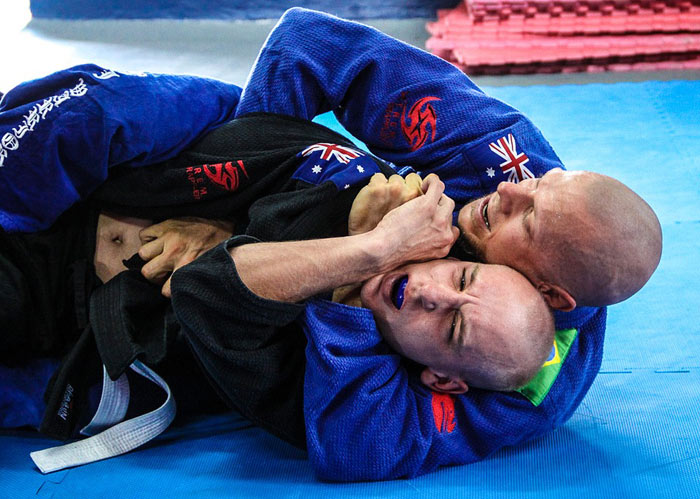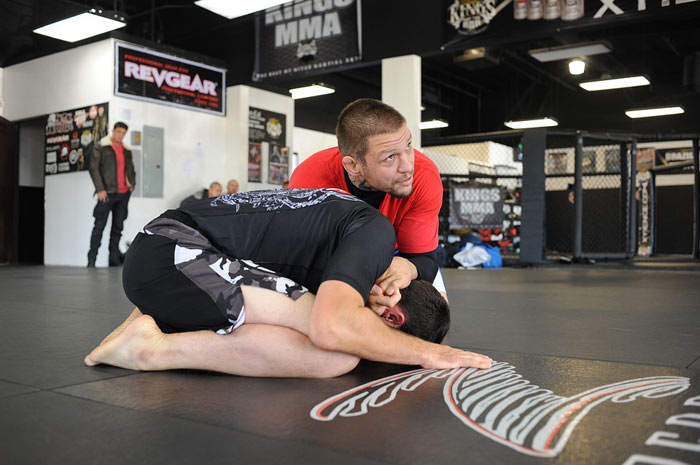Brazilian Jiu Jitsu (BJJ) is a form of martial arts that has gained a great deal of popularity, especially among women, over the last several years. A variant of judo, BJJ is focused on taking the advantage away from larger, stronger opponents by forcing them to fight on the practitioner’s terms.

The martial arts style relies on holds and grapples intended to bring both persons to the ground which negates reach and strength. The recent successes of several Mixed Martial Arts fighters, using BJJ, has brought renewed attention to the fighting style.
Grading and belts
Brazilian Jiu Jitsu uses a series of colored belts to differentiate between skill levels for their practitioners. Similar to most martial art styles, the BJJ system has a few idiosyncrasies that make it slightly different. The ranks and colored belts are:
White
The white belt marks the newcomer to BJJ. You don’t have to have any prerequisites to wear this belt. At this level, the practitioners are taught the basics of escapes and defensive positioning.
Blue
The second adult rank, the blue belt practitioner begins working to hone their existing skills and add new knowledge to them. The International Brazilian Jiu Jitsu Federation (IBJJF) requires two years at the blue level and the practitioner must be 16 years old before advancing to the purple belt.
Purple
The purple belt BJJ practitioner have gained a wide range of experience and this is considered the intermediate rank for Brazilian Jiu Jitsu. Once a person has gained his purple belt, he or she is usually qualified to begin instructing lower ranked students. BJJ martial artists must remain at the purple belt level for a year and a half before being eligible for the brown belt.
Brown
The brown belt BJJ martial artist is the highest common ranking color belt in BJJ. It commonly takes a minimum of five years to achieve this status. A person must remain a brown belt for at least one year before he can qualify for the black belt.
Black
The black (and higher belts) are reserved for experts. The level of skill and practical experience amounts to thousands of hours and are considered the top of their field.
There are specialized belts as part of the black belt level. Broken down into ten grades, the first six are considered black belt, the seventh wears a red/black belt, the eighth a red/white belt and from ninth degree they wear a red belt. Currently only the Gracie brothers – the pioneers of Brazilian Jiu Jitsu – have been awarded the tenth-degree belt.
In addition to the adult belts, junior practitioners (16 and under) have a set of belts between white and blue, these colors rank from white to grey, then yellow, orange and green. Once the juniors have achieved the green belt, they will move to blue when they turn 16.
 BJJ also uses a degree system within the belt colors. The IBJJF established a system where up to four stripes can be added to any colored belt before the student should move to the next level. This system gives students and instructors a quick and visible method of differentiating between skill levels.
BJJ also uses a degree system within the belt colors. The IBJJF established a system where up to four stripes can be added to any colored belt before the student should move to the next level. This system gives students and instructors a quick and visible method of differentiating between skill levels.
Brazilian Jiu Jitsu is an intriguing and exhilarating martial sport. Useful for self-defense and popularized, again, by people like Royce Gracie and B. J. Penn of the Ultimate Fighting Championship (UFC).










